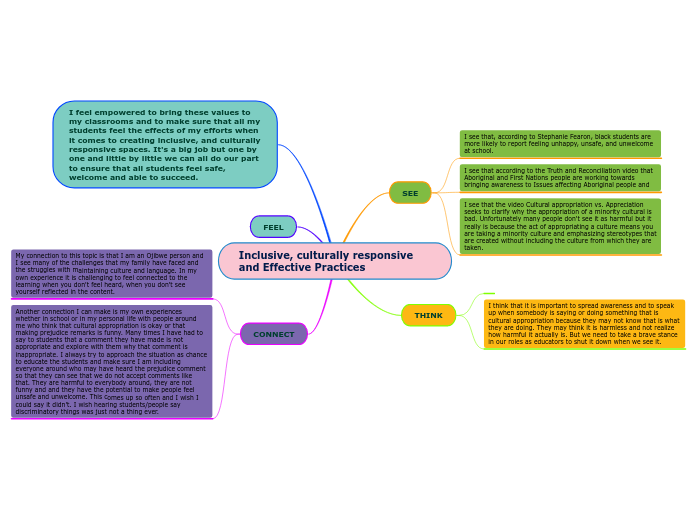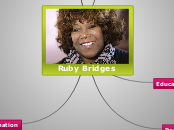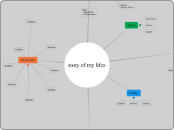von Samantha Bedford Vor 4 Jahren
422
Inclusive, culturally responsive and Effective Practices
The text discusses the importance of inclusive and culturally responsive practices, emphasizing the challenges faced by individuals when their culture and language are not represented in educational content.









